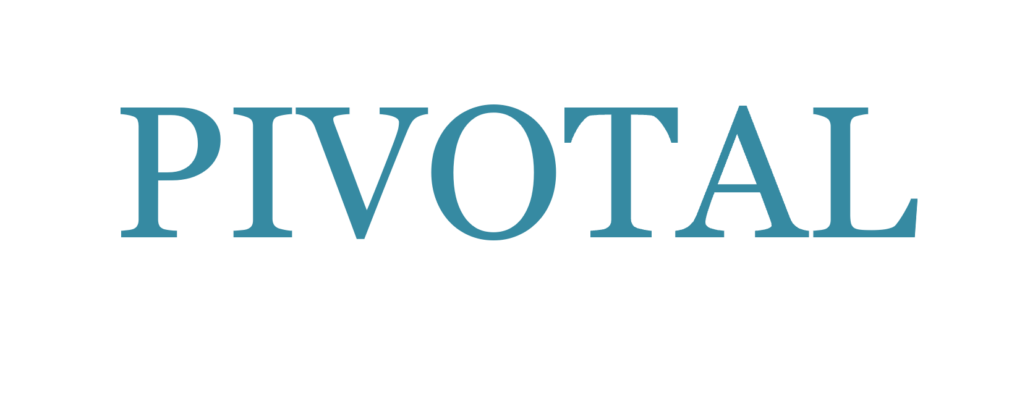The impact of your presentation is not an accidental by-product of a presentation. It is something you create deliberately.
And the first thing to do is to define what it is that you want to create. What exactly is the impact going to be? In other words, you need to define:
How will your audience respond to your speech or presentation?
What will they take away with them and remember?
What will they remember of you?
Why will they think “Wow what a fabulous presentation!”?
Start by defining the purpose of your presentation or speech. What do you want its impact to be?
You may even want to have several– in different parts of your presentation. But they must not be left to chance or you risk creating “Ho-hum …” rather than “wow!”
Then define the message; the central message of your presentation - what one thing do you want the audience to take away? This message - you need to be able to state it in one sentence. That way you will stay focused on that outcome when you are planning
The second of the questions was “What do I want them to remember of me?”
Who are you? How will you be remembered after this presentation?
You cannot be someone you are not, when you present, unless you are prepared to be a performer for the entire production. Insincerity will detract from your speech as quickly as a joke in bad taste. But you can present a side of yourself as the highlight – the side you want your audience to remember.
And the most powerful choice you will make is how you get that image to support your message – how you
put the two together.
This package, this combination of impact, message and image are what people take away from your
presentation. They are the wow you create.
But the pivotal word, there, was “choose” – the impact you choose to make, the impact you choose for your presentation to make.
Whatever you may be trying to achieve, don’t let the impact of your presentation be an accident. Right from the beginning, it needs to be part of the planning. When you are visualizing your production, toying with ideas and possibilities and first drafts, make the impact of you as a person and of your performance an integral part of that process. Visualise it and work it into all aspects of your production planning.
Then you have the foundation for creating the “wow” factor.

